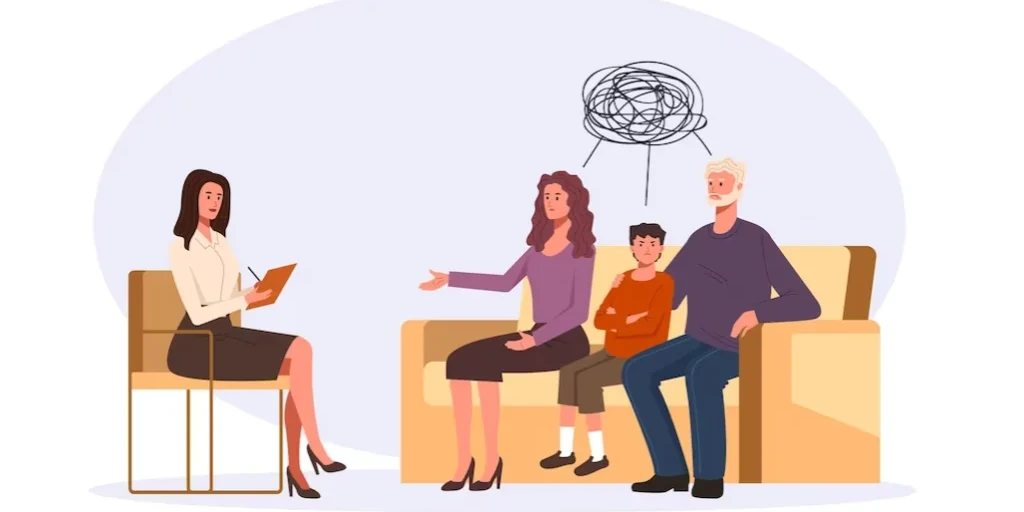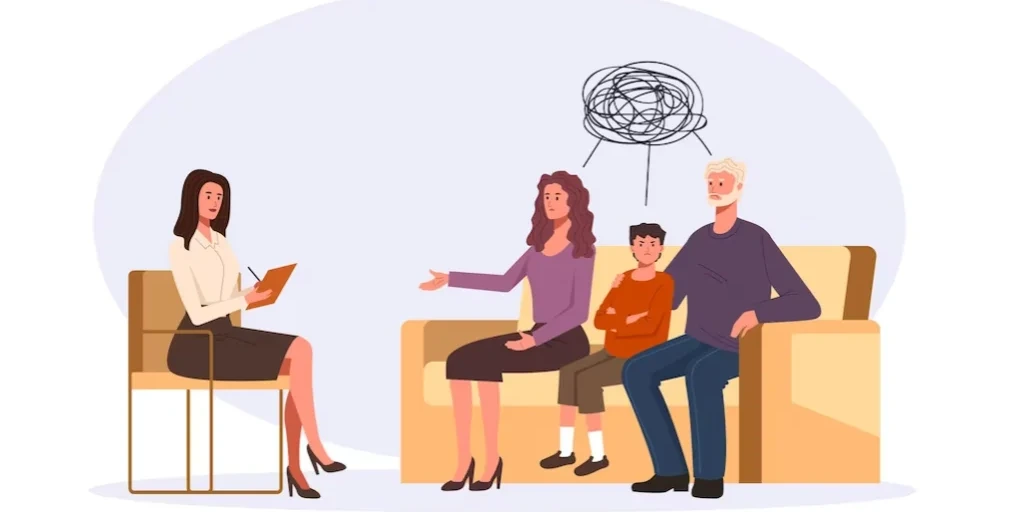24/7 Helpline:
(866) 899-221924/7 Helpline:
(866) 899-2219
Learn more about Executive Rehab centers in Southeast Fairbanks County
Executive Rehab in Other Counties

Other Insurance Options

Ambetter

CareFirst

Anthem

WellCare Health Plans

Multiplan

BlueCross

Holman Group

State Farm

WellPoint

Providence

Ceridian

BHS | Behavioral Health Systems

Meritain

Self-pay options

Covered California

Evernorth

Horizon Healthcare Service

MVP Healthcare

ComPsych

Oxford

TCC Upper Tanana Behavioral Health
TCC Upper Tanana Behavioral Health, located in Tok, Alaska, provides culturally-responsive mental he...

Hats of Wisdom
Hats of Wisdom provides mental health treatment to men and women seeking recovery in the Delta Junct...

Colorado Counseling
Colorado Counseling is a private rehab located in Eagle, Colorado. Colorado Counseling specializes i...

Mind Springs Health
Mind Springs Health provides counseling and therapy for mental illness and substance abuse to indivi...

Healing and Recovery Intensive Program
Healing and Recovery Intensive Program is a private rehab located in Eagle, Colorado. Healing and Re...

AA – Alcoholics Anonymous
AA – Alcoholics Anonymous is a non-profit rehab located in Eagle, Colorado. AA – Alcoholics Anonymou...

Zelus Recovery
Zelus Recovery is a private rehab located in Eagle, Idaho. Zelus Recovery specializes in the treatme...

Eagle Ranch Academy – Teen Treatment Center
Eagle Ranch Academy – Teen Treatment Center is a private rehab located in Eagle, Idaho. Eagle Ranch ...
































